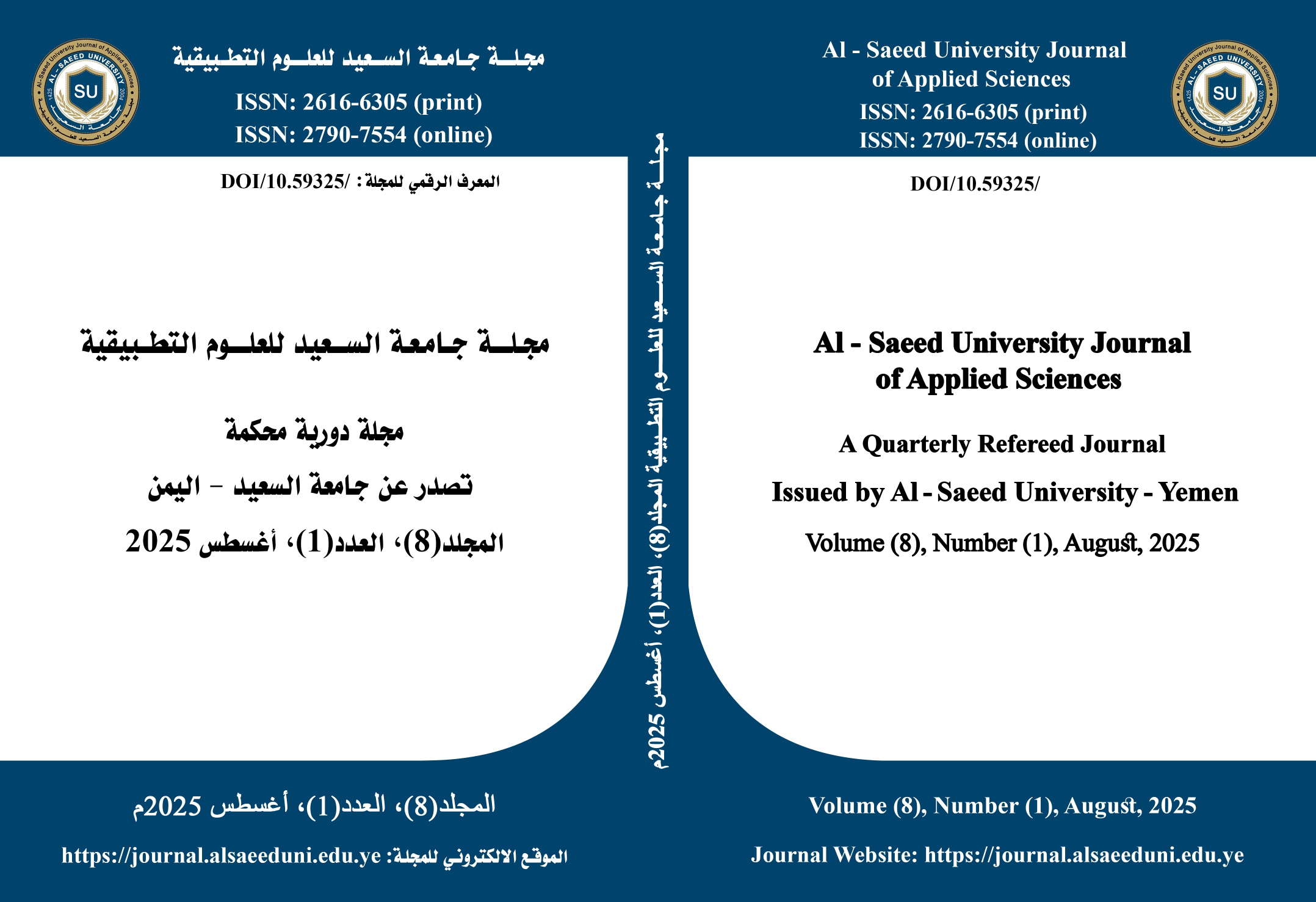Prevalence of Helicobacter pylori Infection among Type 2 Diabetes Mellitus Patients in Taiz City- Yemen
الكلمات المفتاحية:
Type 2 diabetes mellitus، Helicobacter pylori، Taiz، Yemenالملخص
Background: Diabetic patients are usually more prone to Helicobacter pylori infection is considered as one of the most pathogenic bacteria worldwide. This infection is frequent and severe in those patients who may have defect in their immune system. Objectives: The present study is aimed to determine the prevalence of H. pylori infection among type 2 diabetes mellitus patients in Taiz city-Yemen and to determine the relationship between the prevalence of H. pylori infection among T2DM patients with different risk factors. Methods: This cross-sectional study was conducted on 200 T2DM patients. Blood samples were collected from patients to determine glycosylated hemoglobin (HbA1c), serum was prepared to determine fasting blood sugar (FBS), and stool samples were also collected to detect H. pylori antigen by immunochromatographic assay. Results: The prevalence of H. pylori infection among T2DM patients was 39.5%. There were statistically significant relationships between H. pylori infection and body mass index (BMI), gastrointestinal tract (GIT) symptoms, and glycosylated hemoglobin (HbA1c) among diabetic patients, p= 0.001, p < 0.05, and p= 0.017, respectively. Conclusion: The study confirmed that there was a prevalence of H. pylori infection among T2DM patients. In addition, HbA1c level was increased in diabetics with high BMI. Therefore, the high BMI and HbA1c level are considered as risk factors for H. pylori infection and DM complications. So, this study recommended that diabetics with high BMI should decrease their weight, and chronic H. pylori infection should be managed in glycemic control of T2DM.



